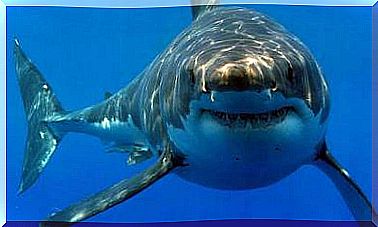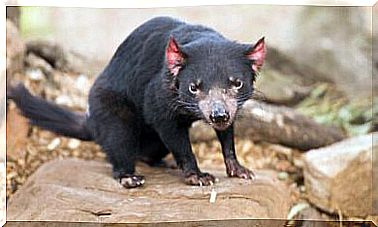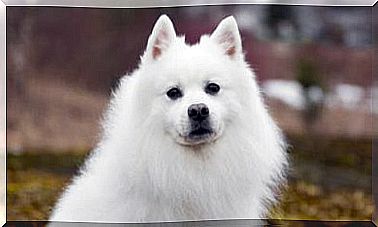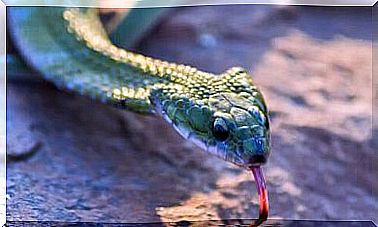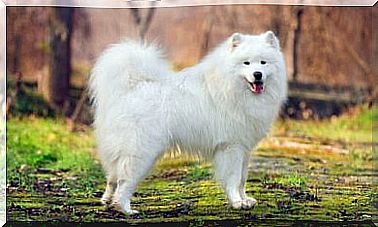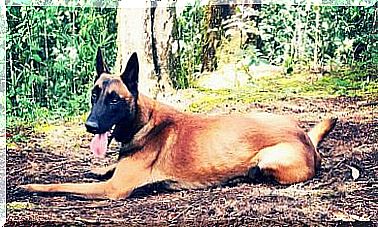5 Hibernating Animals And Their Characteristics
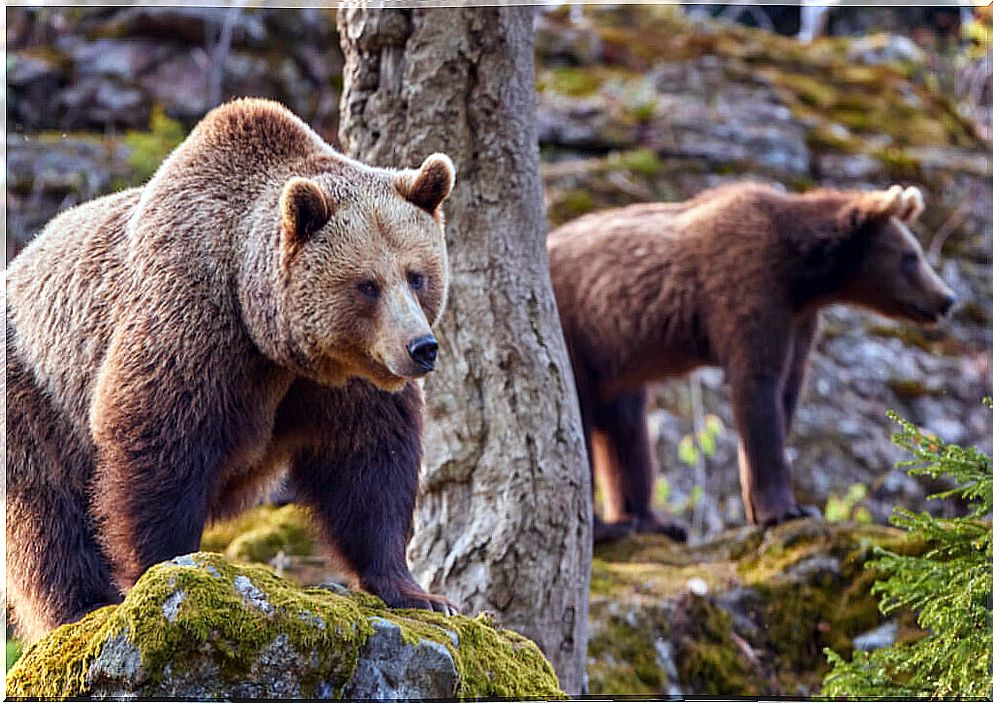
Hibernation is a strategy that certain animals use to survive at times of the year when the cold and lack of food pose a danger to survival. Hibernating animals enter a state of inactivity, reducing their physiological processes in order to minimize energy expenditure and survive until the environment becomes friendlier.
The animal that comes to mind when thinking about hibernation is probably the bear, but there are many other living things that do the same thing, although they are not that popular. In the following lines you will find a list of some of the species that overwinter when the cold comes and their characteristics.
1. Squirrels, animals that hibernate underground
Squirrels are a group of mammals that belong to the Sciuridae family and come from North America. These small rodents with dark stripes on their backs spend spring, summer and fall hunting for food, burying seeds or breeding. However, when winter comes, the squirrels disappear.
In fact, they don’t disappear, but they bury themselves in burrows, which they themselves dig, almost three feet deep. These lairs are not built just before winter comes, they are always there. These animals use them to store food, which will serve as a nutritional source during the months of hibernation.
While the squirrels are buried, their body temperature drops dramatically and they fall into a deep sleep that will only be interrupted to take a few bites of their reserves.
Unlike squirrels, other hibernating animals do not store food in a den. Instead, they accumulate a lot of fat within the body itself. Let’s look at the best known example.

2. The bear is the most popular hibernating animal
There are many different species of bears in the world and they all hibernate. However, there is a serious problem stemming from climate change: in many parts of the world, bears are stopping hibernation. While it may not seem to matter so much, it is a situation that can put the species’ survival at risk.
Bears do not store food in their burrows, instead they feed as much as possible to store fat in their bodies, which will provide the necessary energy until the following spring.
On the other hand, it is during hibernation that females begin to gestate the eggs that were fertilized during spring. Yes, bears mate when the temperature is warm, but embryonic development doesn’t occur until the bear begins to hibernate.
Bears build their own burrows and will never use them again from one year to the next, but they can be used by other bears or animals. When a bear hibernates, it sleeps soundly and doesn’t wake up again until spring.
However, bears put an end to their hibernation in midwinter to give birth and care for their newborn cubs. Therefore, when they leave the house of the burrows, they are very hungry.
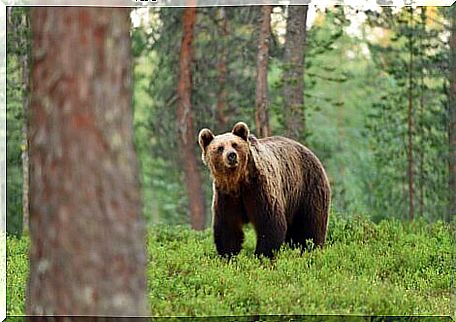
3. Bats
Many bats, like birds, decide to move to warmer climates when winter comes, although not all do. Some bat species prefer to hide in deep, dark caves to wait for better times to come.
On the other hand, there are bats that prefer to take refuge in human buildings, such as barns, attics and basements. The coexistence of these animals with humans has a long history and, although many people fear them, the vast majority of them are harmless and are responsible for keeping the insects away.
Unlike squirrels or bears, bats do not store extra food or fat in their bodies. These animals simply go into deep sleep that can last up to 6 months. During this period, heart rate and temperature drop to limits that would make us think they are dead if we didn’t know that fact.

4. Turtles that hibernate
Some turtles have a bat-like strategy during hibernation. These animals are also common as pets, so we highly recommend facilitating this downtime so your biology is complete.
Thanks to their shell, turtles don’t need to hide in any burrow. As days get shorter and temperatures drop, these animals partially burrow and crawl inside their protective shells.
When entering the hibernation period, if there are no unexpected changes in ambient temperature, the turtles will hibernate for 3 or 4 months. However, they can wake up when they need to drink water. Therefore, when you have this type of turtle as a pet and it goes into hibernation, you should always leave water available nearby.
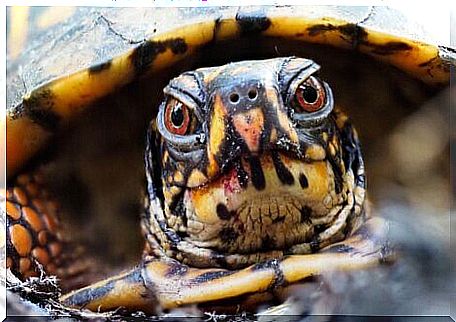
5. Land snails, another of the hibernating animals
Hibernation is also a very important process for animals that are unable to maintain a constant body temperature. Thus, snails begin to hibernate just before temperatures drop.
The moment they notice that the days are a little cooler, these animals seek refuge in places they know they will not freeze, such as areas with lots of vegetation, under rocks, etc.
When they decide to hibernate, they just need to go into their shells. To protect themselves, they cover the opening with their own goo, which also allows them to stick to any surface they like. A very curious fact about these animals is that they love to hibernate in groups.
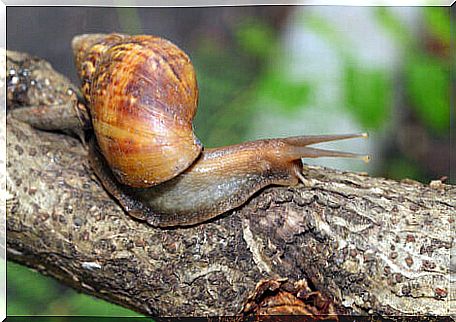
As you have seen, the diversity of animals that hibernate is very large, as well as their characteristics and the duration of these periods. As a rule of thumb, if you come across a hibernating animal, do not disturb it, as this could compromise its survival.
